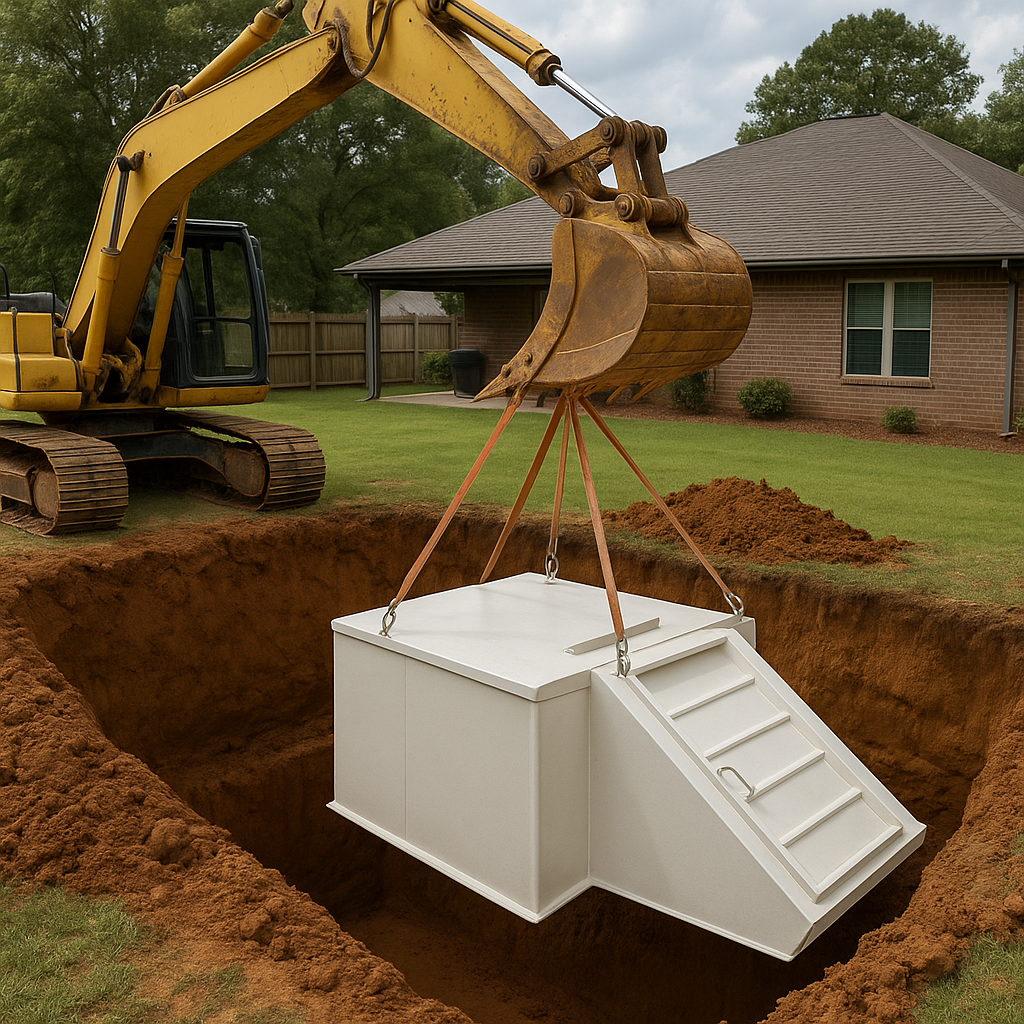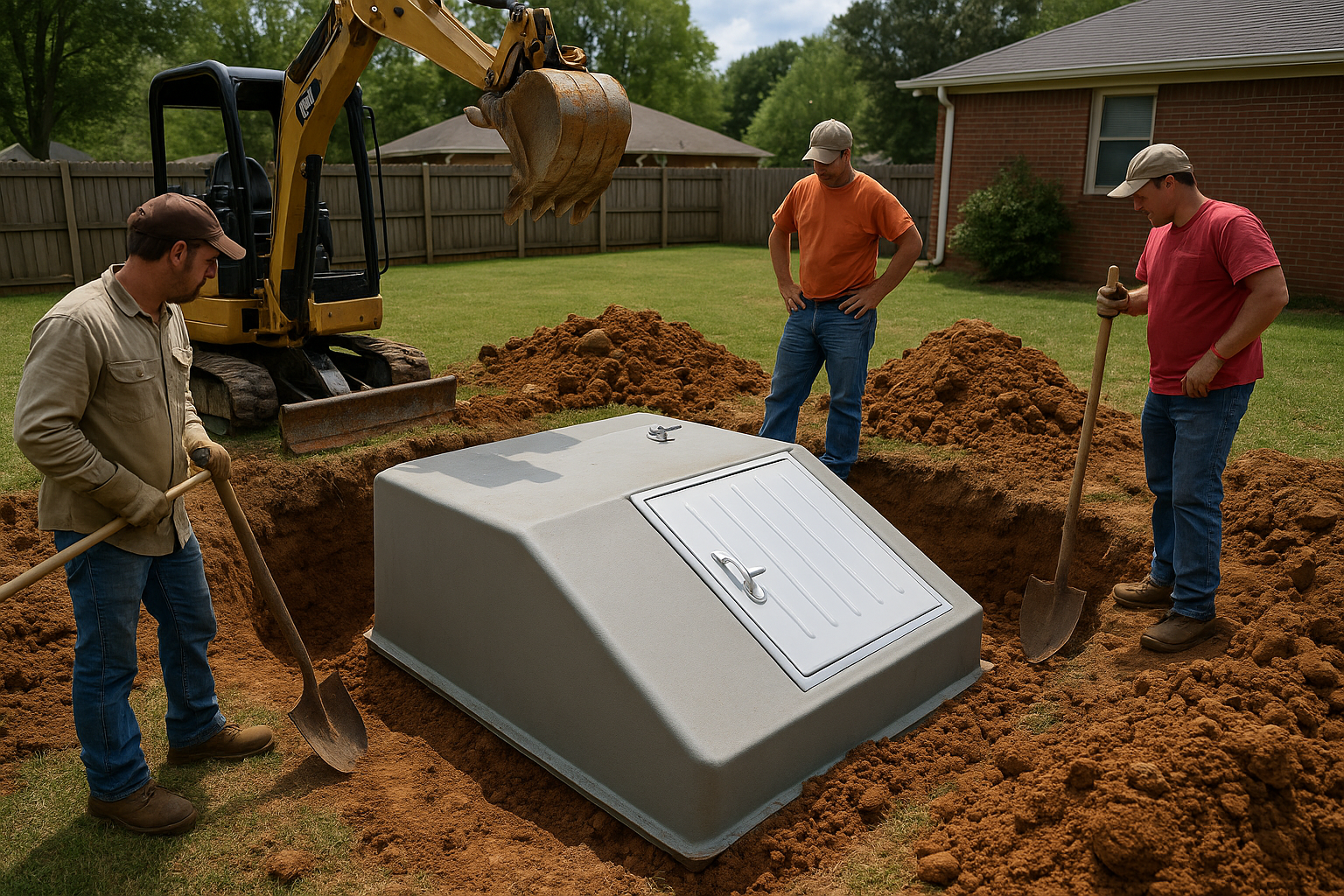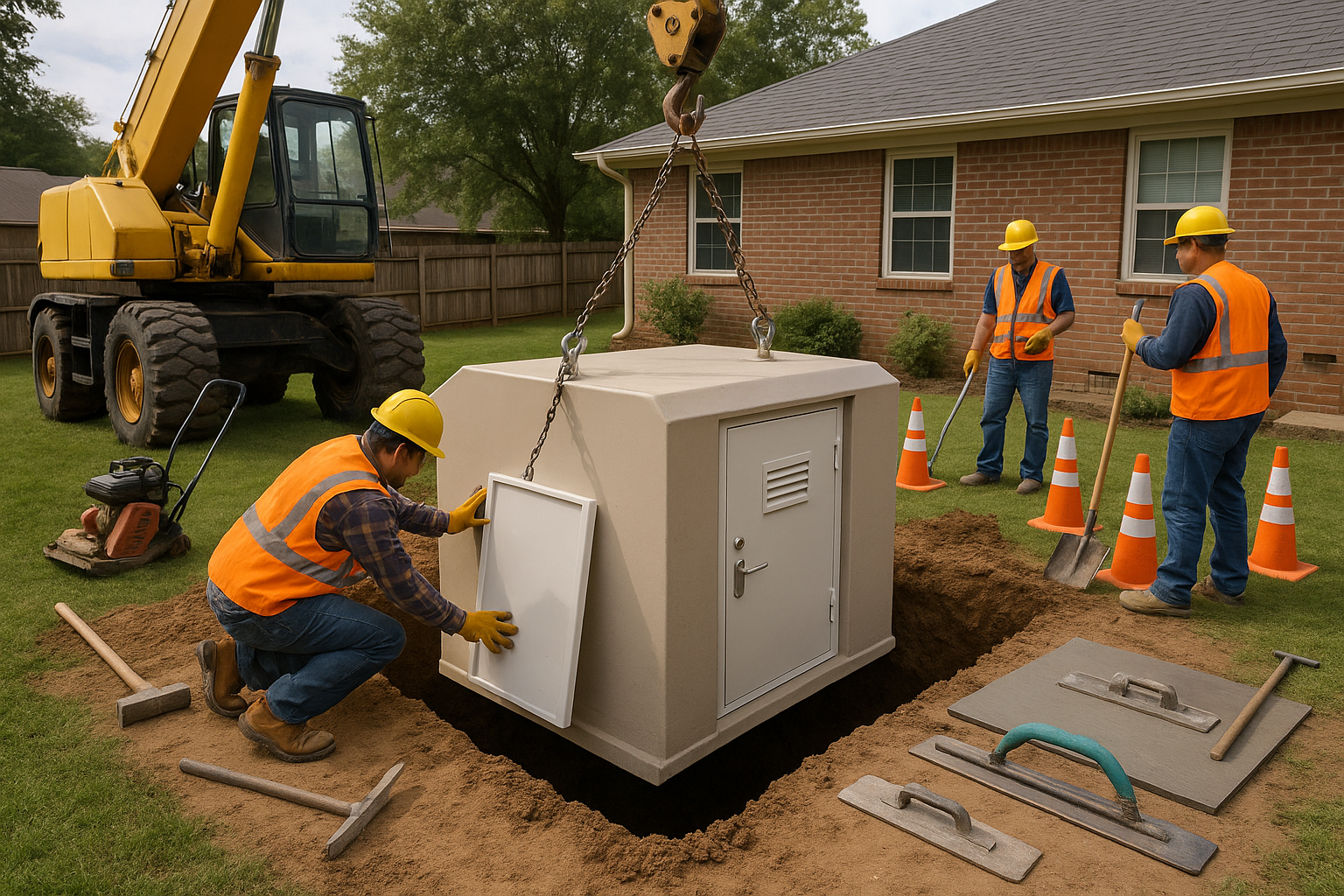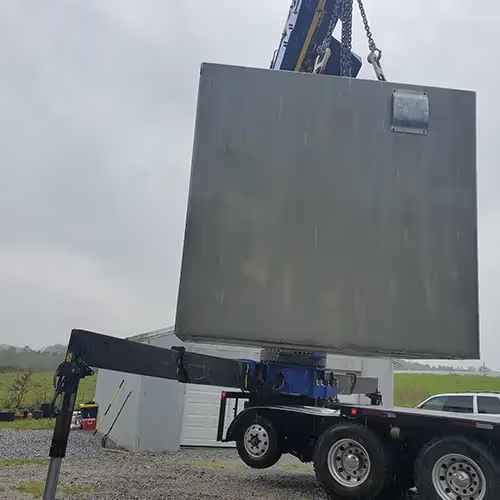Alabama Storm Shelter Code Checklist ICC 500 FEMA P-361 Local Permits

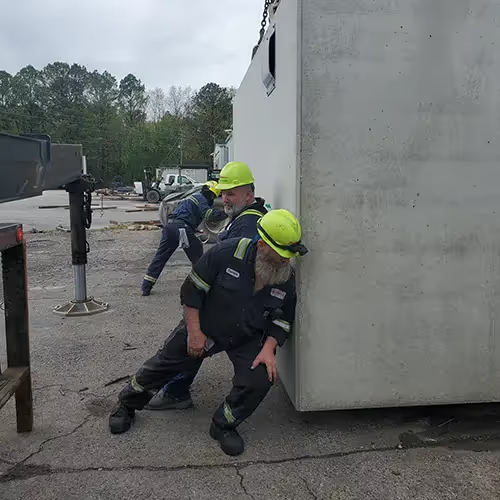
Have you ever wondered what it truly takes to make a storm shelter in Alabama both safe and compliant? With tornadoes and severe storms frequently threatening the region, understanding the Alabama tornado shelter requirements, ICC 500 storm shelter standards, FEMA P-361 compliance guide, and Local building permits Alabama is critical. These guidelines ensure your home and family are fully protected while avoiding costly mistakes or legal complications.
This guide provides a comprehensive overview, including a Residential storm safe room checklist, Commercial tornado shelter code, Alabama emergency shelter regulations, and Safe room construction guidelines. It also includes a detailed Storm shelter inspection checklist to help you navigate overlapping regulations and ensure your shelter meets structural, safety, and legal standards.
Following these codes is not just a formality—it impacts everything from insurance eligibility to long-term property value. Whether you are building a new shelter or upgrading an existing one, understanding requirements upfront, including ICC approved shelter materials and FEMA shelter design criteria, ensures your investment is effective. By the end of this guide, you’ll know the benefits of hiring a Tornado shelter contractor Alabama, completing the Shelter permit application process, and meeting Wind-resistant safe room specifications. You will also gain insight into Local storm shelter codes, using an ICC certified shelter installer, implementing an Emergency preparedness storm shelter, and fulfilling Shelter floor plan requirements, Alabama tornado safe room cost, Storm shelter construction checklist, ICC 500 testing procedures, FEMA P-361 design examples, and Shelter ventilation requirements.
Understanding Storm Shelter Codes and Standards in Alabama
Storm shelters are vital for home and community safety, particularly in tornado-prone areas like Alabama. Over the years, regulations have evolved to reflect lessons learned from severe storms, advances in construction technology, and the growing importance of resilient infrastructure. Organizations such as ICC and FEMA have established formal guidelines like Building code storm shelter Alabama to ensure shelters can withstand extreme weather events.
Key terms every homeowner and builder should know include Tornado safe room materials list, Storm shelter foundation standards, Safe room anchoring methods, Emergency shelter compliance Alabama, and the ICC 500 design manual Alabama. These resources help define safe design, construction, and inspection practices. Homeowners should also focus on FEMA approved safe room doors, Residential shelter inspection guide, and Shelter electrical system requirements, which collectively guarantee the shelter meets both national standards and local codes.
In practice, these regulations influence every aspect of shelter design—from reinforced walls and roofs to ventilation, lighting, and emergency access. Whether constructing a basement safe room or a freestanding shelter, integrating Wind-resistant safe room specifications, Shelter floor plan requirements, and other FEMA and ICC guidelines ensures safety, legal compliance, and reliable emergency performance. Learn more about concrete storm shelters in Alabama for best practices. Understanding these codes not only reduces risk but also builds confidence that your shelter is fully prepared for any tornado or extreme storm situation.
Key Components of Alabama Storm Shelter Codes and Compliance
Building a compliant storm shelter in Alabama requires careful attention to multiple standards and codes. Homeowners and builders must adhere to ICC 500 storm shelter standards, FEMA P-361 compliance guide, and local permitting rules to ensure safety and legality. Each element is critical for protecting lives, minimizing property damage, and avoiding potential fines or inspection delays.
Key components to consider include:
- Design and Structural Requirements – ICC 500 storm shelter standards dictate wall strength, roof reinforcement, door ratings, and anchoring methods.
- Capacity and Occupancy – FEMA P-361 compliance guide provides guidelines on how many people can safely occupy the shelter, including spacing, seating, and accessibility considerations.
- Location and Placement – Choosing the correct site while following Local building permits Alabama ensures accessibility, flood protection, and property stability.
- Ventilation and Emergency Systems – Shelter ventilation requirements plus emergency lighting, communication systems, and air quality management are critical for occupant safety.
- Local Permits and Inspections – Following a Storm shelter inspection checklist ensures city or county approval and avoids insurance issues.
Real-life examples demonstrate these principles in action. A family in Jefferson County installed a FEMA P-361 safe room using ICC certified shelter installer services. By following Safe room construction guidelines and Tornado shelter contractor Alabama recommendations, the room withstands tornado-force winds while remaining accessible. Community centers in Mobile also integrate ventilation and emergency systems following these codes, allowing dozens of residents to shelter safely. By addressing structure, occupancy, placement, and legal approvals, your shelter will be safe, compliant, and reliable in any severe weather scenario.
Benefits of Following Storm Shelter Codes in Alabama
Implementing ICC 500 and FEMA P-361 standards provides significant benefits beyond legal compliance. By understanding and following these requirements, homeowners ensure maximum protection, peace of mind, and value for their property. Proper adherence to Alabama tornado shelter requirements and related codes positively impacts safety, regulatory compliance, insurance eligibility, and long-term property resilience.
Key benefits include:
- Enhanced Safety and Protection – Following Storm shelter construction checklist ensures occupants are shielded from tornadoes, high winds, and debris.
- Regulatory Compliance – Emergency shelter compliance Alabama ensures your shelter meets all local and national codes, avoiding fines or permit issues.
- Property Value and Insurance Advantages – A compliant shelter, built with ICC approved shelter materials and following Commercial tornado shelter code, may increase resale value and qualify for insurance incentives.
- Peace of Mind – A fully equipped Residential storm safe room checklist reduces anxiety during storm seasons.
- Community Trust and Preparedness – Public or shared shelters adhering to FEMA P-361 guidelines provide safe refuge, supporting neighborhood safety.
For example, a homeowner in Madison County reduced insurance premiums after building a FEMA P-361 safe room while a school in Montgomery upgraded its shelter to ICC 500 standards, allowing the facility to serve as a reliable community refuge. Investing in code-compliant shelters demonstrates proactive safety planning, protecting lives and property. Learn about Alabama storm shelter grants to offset costs.
Challenges and Considerations in Storm Shelter Compliance
Building a compliant storm shelter comes with several challenges. While ICC 500 storm shelter standards, FEMA P-361 compliance guide, and Local storm shelter codes offer guidance, meeting every requirement can be complex and costly. Understanding the hurdles upfront allows for informed planning and smoother project execution.
Challenges include:
- High Construction Costs – Reinforced walls, doors, and anchoring methods can increase project expenses.
- Complex Regulatory Requirements – Interpreting ICC 500 testing procedures, FEMA P-361 design examples, and local codes can be difficult without expert guidance.
- Permit Delays and Inspections – Completing the Shelter permit application process may take longer in counties with limited staff.
- Space and Design Limitations – Not all properties accommodate standard-sized shelters, requiring custom solutions.
- Maintenance Responsibilities – Regular upkeep following Safe room installation checklist and Storm shelter maintenance tips ensures long-term safety.
Strategies to overcome these challenges include hiring Local safe room contractors, budgeting for Alabama tornado safe room cost and Tornado shelter financing options, consulting local authorities, and planning modular or pre-fabricated options. Following the ICC 500 certification process and FEMA P-361 technical specifications ensures compliance and reliability. Proactive planning and professional guidance turn potential obstacles into manageable steps.
How to Ensure Storm Shelter Compliance Step by Step
Implementing compliance begins with understanding requirements and translating them into actionable steps. A structured approach ensures your shelter meets Alabama tornado shelter requirements, ICC 500 storm shelter standards, FEMA P-361 compliance guide, and local codes.
Steps include:
- Assess Your Property and Needs – Use a Residential storm safe room checklist to determine shelter size and location.
- Review Relevant Codes – Study ICC 500 storm shelter standards, FEMA P-361 compliance guide, and Local storm shelter codes.
- Consult Professionals – Engage ICC certified shelter installer or Local safe room contractors with experience in storm shelters.
- Develop a Budget and Timeline – Include Alabama tornado safe room cost, labor, permits, and Tornado shelter financing options.
- Submit Permits Early – Complete the Shelter permit application process and schedule inspections.
- Construct the Shelter – Follow Storm shelter construction checklist, Shelter floor plan requirements, Wind-resistant safe room specifications, and Shelter electrical system requirements.
- Perform Safety Checks and Maintenance – Follow Residential shelter inspection guide and Safe room installation checklist to maintain doors, ventilation, and structure.
Using this step-by-step approach ensures compliance, safety, and long-term reliability, transforming awareness into actionable preparation. Learn more about DIY storm shelters in Alabama for practical tips.
Emerging Trends and the Future of Storm Shelter Safety
Storm shelter design, materials, and compliance requirements are constantly evolving. Future trends include smart monitoring, advanced composite materials, and streamlined permit approvals, including opportunities through the Alabama storm shelter rebate program.
Keeping up with innovations ensures alignment with ICC 500 design manual Alabama, FEMA P-361 design examples, and future-ready safety features. Community-based programs, climate-responsive designs, and smart systems for monitoring air quality, structural integrity, and occupancy are likely to reshape how homes and public facilities approach storm preparedness.
Staying informed benefits:
- Homeowners – Access to stronger, safer shelters with advanced monitoring.
- Contractors & Engineers – Up-to-date knowledge of ICC 500 storm shelter standards and FEMA guidance.
- Local Authorities – Streamlined inspections and permitting, ensuring public safety.
- Insurance Providers – Potential incentives for compliant and advanced shelters.
By proactively following trends, you can ensure your storm shelter is resilient, safe, and compliant for years to come.
Key Takeaways
Understanding and implementing Alabama tornado shelter requirements, ICC 500 storm shelter standards, FEMA P-361 compliance guide, and Local building permits Alabama is critical for safety, legal compliance, and peace of mind. Early planning, informed budgeting, and proper construction practices ensure shelters perform effectively during severe weather. Compliance also enhances property value, supports community preparedness, and builds long-term confidence.
Final Thoughts
Taking the time to understand Alabama storm shelter codes and standards isn’t just paperwork—it’s an investment in safety and resilience. Implementing Residential storm safe room checklist, Safe room construction guidelines, and following all FEMA and ICC standards ensures your shelter protects lives and property.
By engaging professionals like Tornado shelter contractor Alabama, following Storm shelter construction checklist, and consulting Local safe room contractors, you’ll create a shelter that is reliable, code-compliant, and future-ready. Share your insights and strategies to help others navigate these requirements confidently. Staying proactive, informed, and prepared is the best way to protect what matters most.

